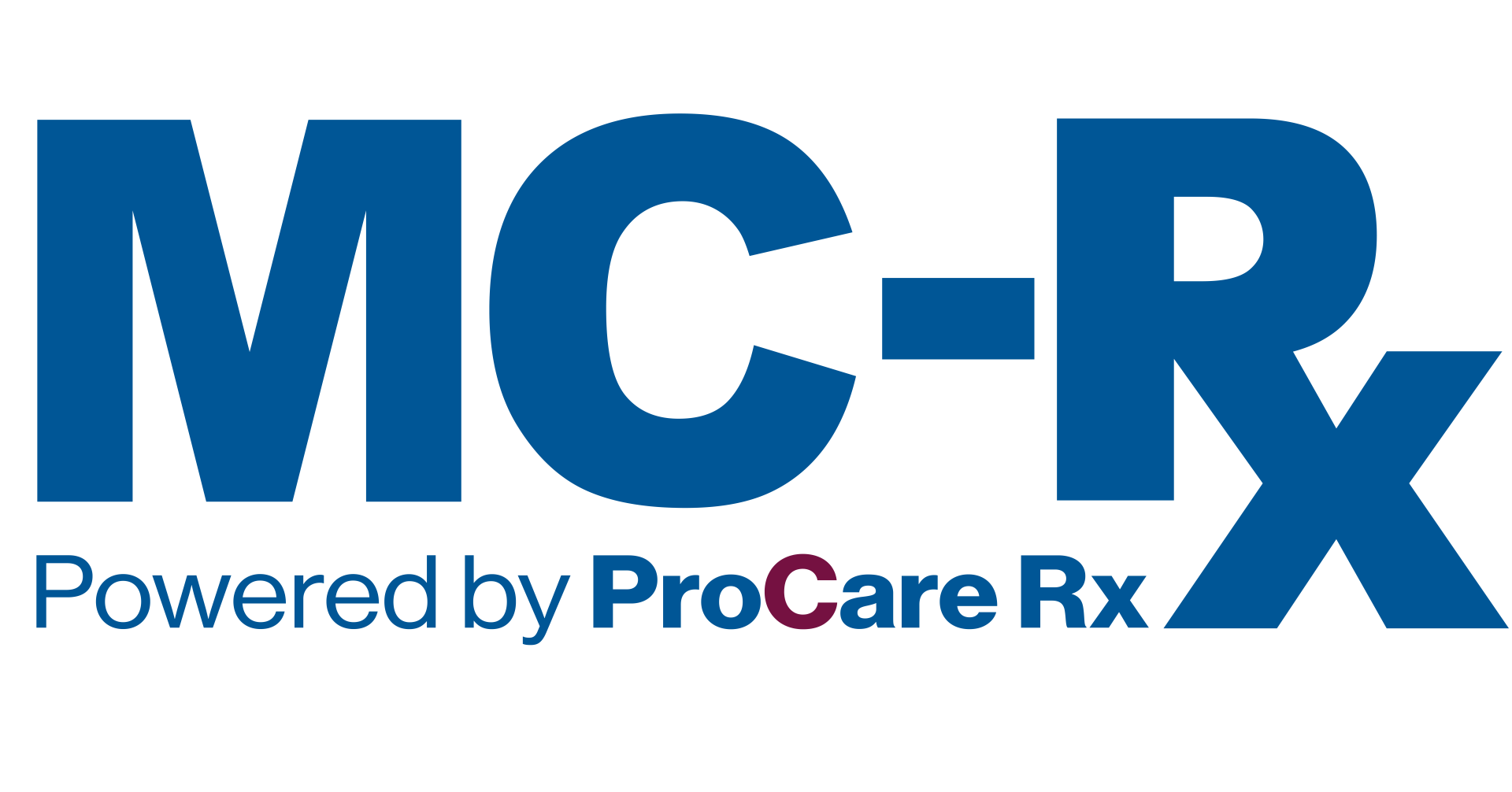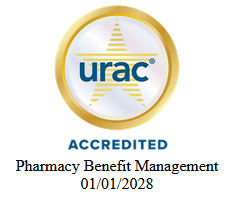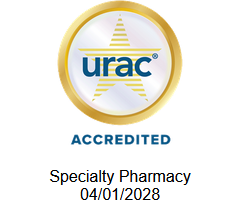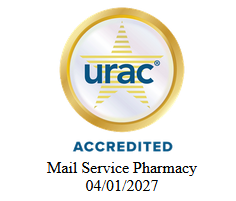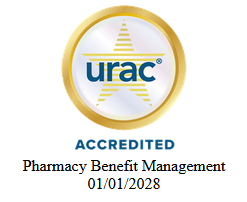Breast Cancer Prevention
Breast Cancer Prevention

What is Breast Cancer?
Breast cancer is a disease in which malignant (cancer) cells form in the breast tissues. A breast is made up of three main parts: lobules, ducts, and connective tissue. The lobules are the glands that produce milk. The ducts are tubes that carry milk to the nipple. The connective tissue (which consists of fibrous and fatty tissue) surrounds and holds everything together. Most breast cancers begin in the ducts or lobules.
The most common types are invasive ductal carcinoma and invasive lobular carcinoma, which can spread or metastasize to other parts of the body. Ductal carcinoma in situ, is also a type of breast cancer that has not spread to other tissues of the breast.
Which are the risk factors for breast cancer?
- Older age
- Obesity
- Drinking alcohol
- Personal history of breast cancer or benign (non-cancer) breast disease
- Inherited risk of breast cancer
- Dense breast - Having breast tissue that is dense on a mammogram
- Exposure of breast tissue to estrogen made in the body - Being exposed to estrogen over a long time may increase the risk of breast cancer. Estrogen levels are highest during the years a woman is menstruating. Other factors the increased estrogen levels:
o Early menstruation
o Starting menopause at a later age
o Older age at first birth or never having given birth
- Taking hormone therapy for symptoms of menopause, such as estrogen and progesterone, which may be given to replace the estrogen no longer made by the ovaries in postmenopausal women or women who have had their ovaries removed.
- Radiation therapy to the breast or chest – increased risk can be seen up to ten years after treatment.
o The risk of breast cancer depends on the radiation dose and the age at which it is given.
o The risk is highest if radiation treatment is used during puberty when breasts are forming.
o Radiation therapy to treat cancer in one breast does not appear to increase cancer risk in the other breast.
How can we prevent breast cancer?
- Decreasing the length of time a woman's breast tissue is exposed to estrogen may help prevent breast cancer:
o Early pregnancy and breastfeeding (if possible) result in lower estrogen levels
- Keep a healthy weight and exercise regularly. Women who exercise four or more hours a week have a lower risk of breast cancer. Most healthy adults should aim for at least 150 minutes a week of moderate aerobic activity or 75 minutes of vigorous aerobic exercise weekly, plus strength training at least twice a week.
- Don't drink alcohol or limit alcohol intake to less than one drink a day
- Don't smoke
- Avoid exposure to radiation and environmental pollution
- Taking selective estrogen receptor modulators, such as raloxifen and tamoxifen, (which act like estrogen on some tissues in the body, but block the effect of estrogen on other tissues) may lower the risk in pre- and post-menopausal women at higher risk.
o With either drug, the reduced risk lasts for several years or longer after treatment is stopped.
o Side effects include blood clots in the lungs and legs and hot flashes. It is essential to talk with your doctor about the risks and benefits of starting one of these drugs.
Use of aromatase inhibitors (anastrozole, letrozole) and inactivators (exemestane) lower the risk of both recurrence and new breast cancers in women who have a history of breast cancer.
References:
- National Cancer Institute: www.cancer.gov
- Mayo Clinic: www.mayoclinic.org
- Centers for Disease Control and Prevention: www.cdc.gov/cancer
- Medline Plus: www.medlineplus.gov



